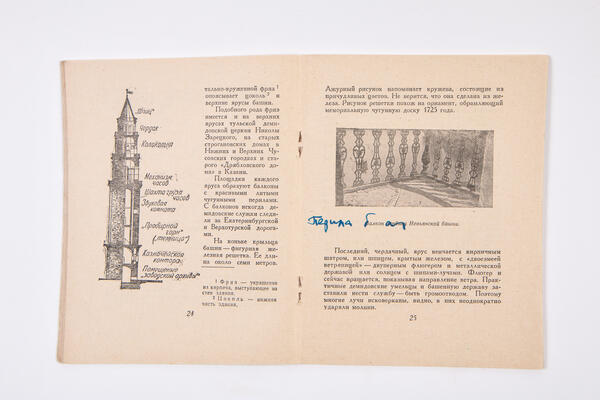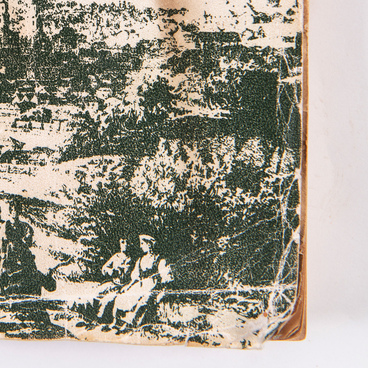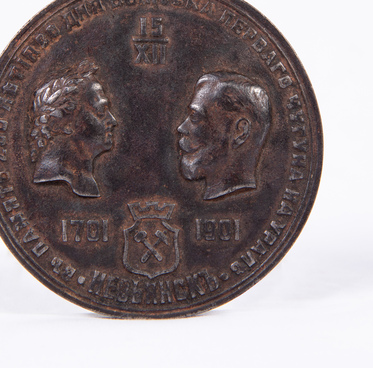The book “Secrets of the Tower of Nevyansk” by Valentin Grigorievich Fedorov, published in 1961, was very popular with the readers.
In the 1950s–1960s, the architectural monument was on the territory of the Nevyansk Mechanical Plant. The tower was densely packed with factory workshops, and part of its premises was occupied by production units. The proximity of ongoing production put the safety of the famous architectural monument at risk.
In the 1950s, the Sverdlovsk Regional Department for Architecture became interested in the Tower of Nevyansk. Measures were developed to protect the unique monument. In particular, to protect the leaning tower from factory production, specialists from the regional department of architecture designed a security zone around the tower that would be at least eight meters wide. It was also decided to pull down the steam-power shop and boiler house buildings that were attached to the walls in the first half of the 20th century.
Cooperating with the regional department for architecture, the plant workers carried out partial repair work: they cleaned the premises, repaired wooden stairs and the tent roof, carried out partial interior whitewashing, and removed the steam pipeline running along the second floor.
This was not enough: over the next 15 years, the inspections of the Tower of Nevyansk reported its “hazardous and unsanitary condition.”
Valentin Fedorov on the team that was inspecting the tower. He participated in the preparation of repair work and compiled a passport for the Leaning Tower of Nevyansk. To establish the date of its construction, he analyzed the composition of a 1725 cast-iron slab found in Nevyansk and a cast-iron baluster from the tower’s balcony — the results were the same. Fedorov studied archival documents and compiled a cross-sectional plan of the Tower of Nevyansk indicating the use of the building’s premises in the Demidov era.
Fedorov’s great input resulted in attracting public attention to the architectural monument. The researcher made presentations about the Tower of Nevyansk at scientific conferences and meetings of the local history society.
The research undertaken by Valentin Grigorievich Fedorov in the 1950s and 1960s made it possible to lay the foundation for further study of the unique architectural monument of the Urals, becoming a reference point for subsequent researchers.






